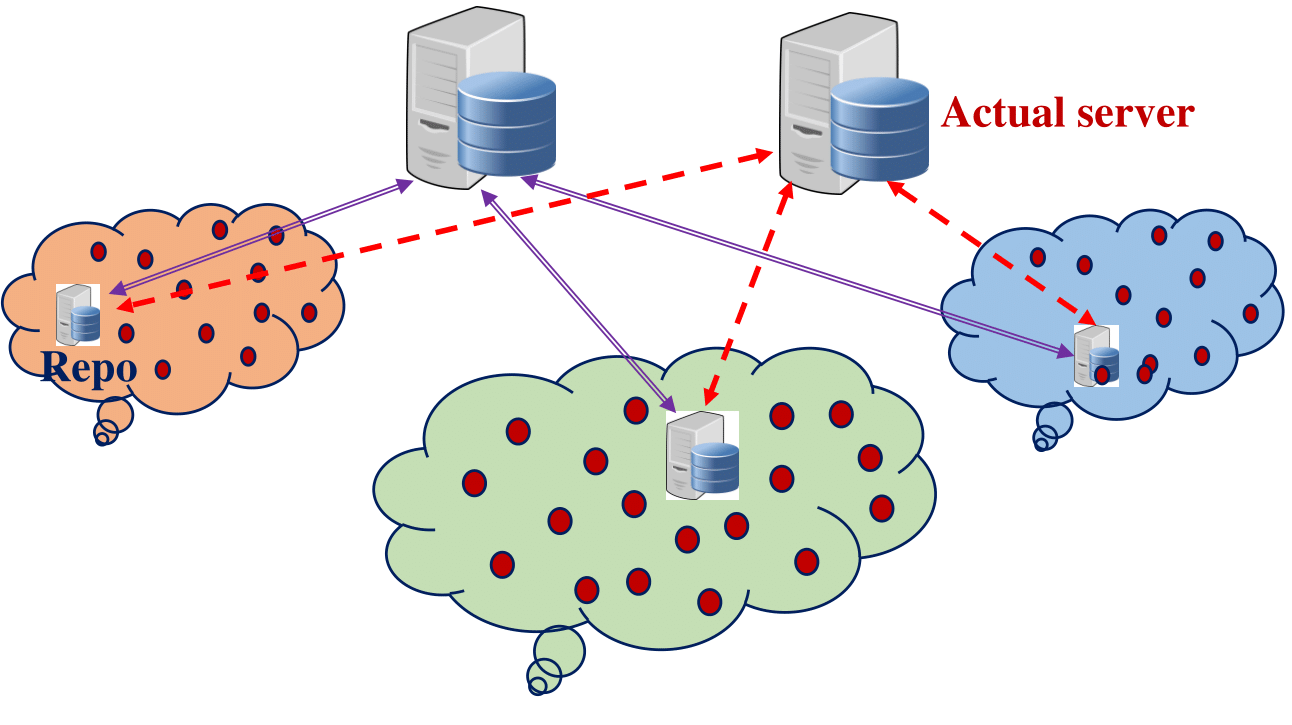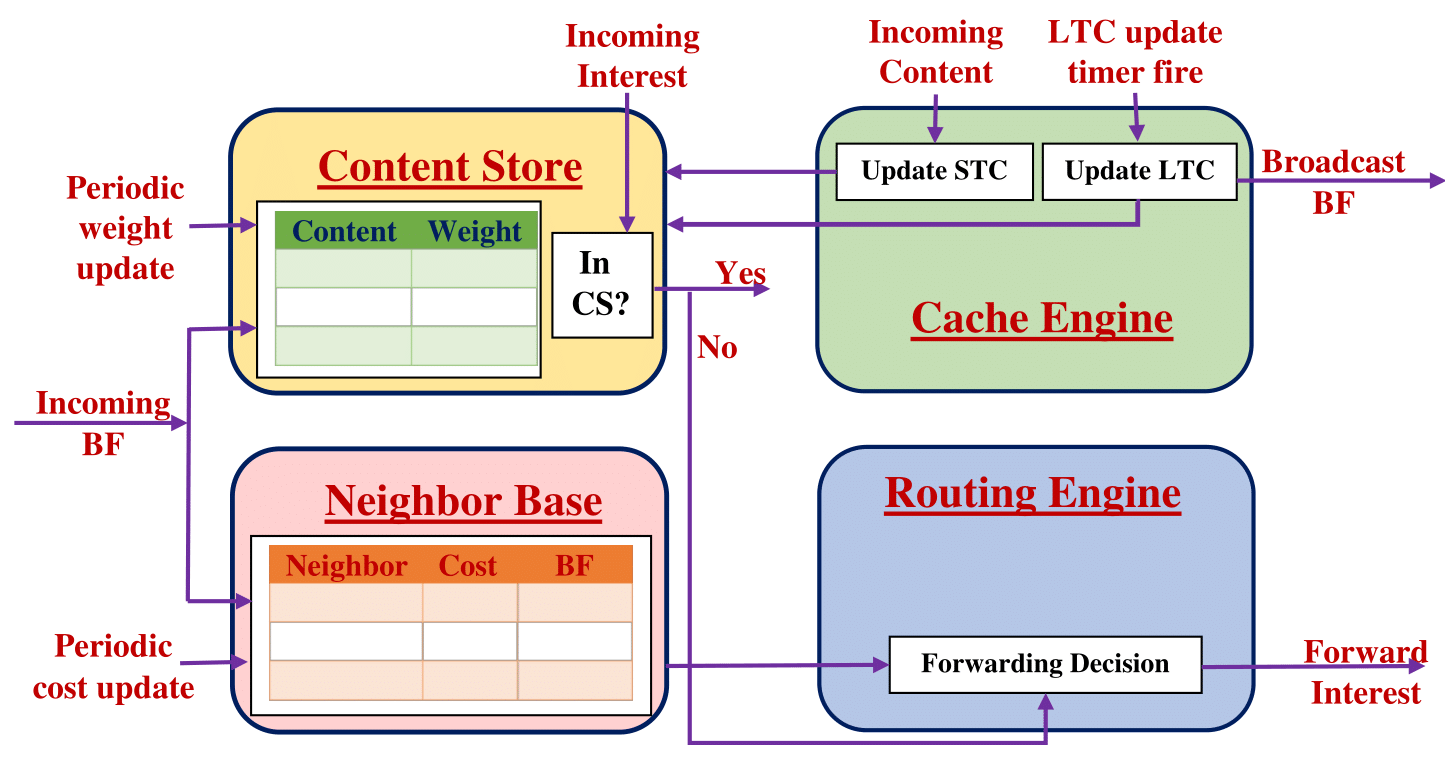Fig. 1: Fig. 1: (Left) The proposed CCN architecture. (Right) The overall NACID architecture.


The tremendous growth of Internet traffic in recent past propels the necessity of modifying the Internet architecture in an efficient way. Based on Cisco’s VNI report [1], the Internet traffic volume has increased eight times in the last five years. The annual traffic volume is anticipated to increase by 29%. Among the Internet traffic, the video traffic itself accounts for 86% of all the IP traffic in 2016, which will continue to grow due to the growing demands for bandwidth-intensive services such as high definition VoD or time-shift TV services.
Most of these traffic are content retrieval applications. This compels the Internet designers to shift from sender-driven end-to-end communication paradigm to receiver-driven content retrieval paradigm. The emerging information-centric networking (ICN) architectures are based on the observation that unlike the classical Internet architecture that is based on the addresses of nodes and routing between these addresses, the new Internet architecture should instead focus on information availability and demand. That is, a piece of information should be identified by its own characteristics rather than where it resides, and its spread in the network should be controlled by information availability, demands, and delivery needs (e.g., hard real time, transactional, etc.). These ideas have been investigated generally under the name content- centric networking (CCN), and more specifically under the NSF FIA project called Named data networking (NDN). Thus a key concern in ICN/CCN/NDN is where to host the content most efficiently based on the demands that may be changing dynamically. This is done by using a publish- subscribe model to match the demand with availability and a dynamic caching mechanism to move the hosting of the content closer to the demand points.


Caching of contents in CCN is also well studied; however, all of the schemes that we are aware of use the notion of path caching. That is, if the content is located at an origin node x, and node y requests it, most schemes cache it along the path, although the decisions about which nodes cache it varies. For example, the content may be cached at every node in the path, at the next node down from the last caching place, etc. In contrast, in this project we propose a "Neighborhood Aware Caching and Interest Dissemination (NACID)" scheme where the caching decision is made based on whether there is any copy of the content exists in the neighborhood of the requesting node, and how far the requester needs to go to fetch the content. We link this cost to the predicted demand for the content and its obsolescence rate. The simplest characterization of the neighborhood size can be in terms of number of hops from the requesting node; however, more sophisticated metrics such as a given delay limit can also be considered. Also in a CCN different links have separate costs (capacities, traffic volumes, delay etc.), thus in NACID the nodes need to consider the routes in between their neighborhood content stores along with their route cost, before evicting the content.
In NACID we present an efficient dissemination mechanism of caching information in the neighborhood so that its overhead remains small. We propose a Bloom Filter based light-weight cache dissemination approach for doing this. Given these, we next propose a two-level caching architecture in NACID as shown in Fig. 1. In one level (called short-term cache or STC) the caching decisions are taken in a synchronous (i.e., driven by the arrivals of the newer contents) manner, whereas asynchronous (i.e., done periodically as a housekeeping activity) policy is adopted for the other level (called long-term cache or LTC). These two operations need to be done carefully else they could result in thrashing, bandwidth waste, and additional delays. We develop a two-level (short- term and long-term) caching scheme to address these issues.
Related Publications: